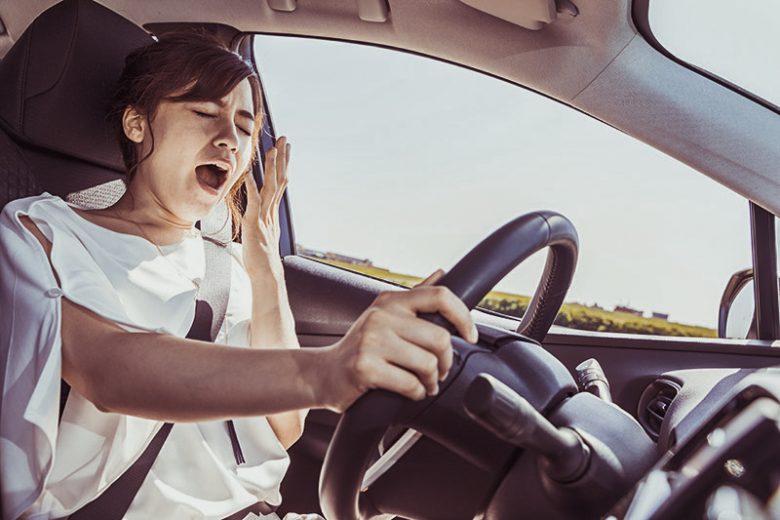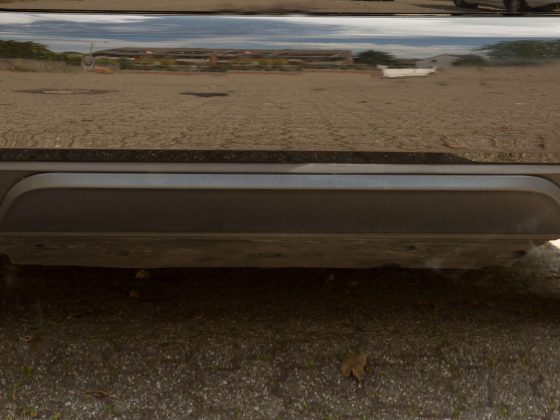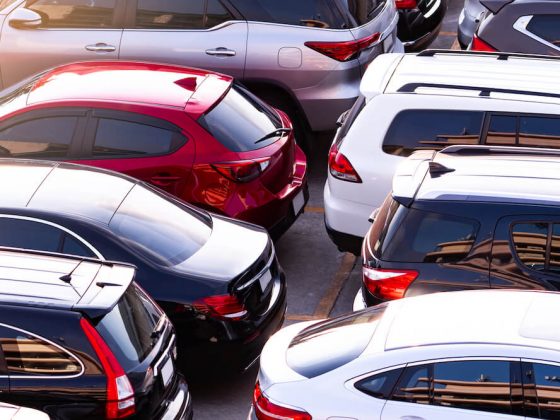Updated April 2023: If you want to increase your chances of staying safe while on the road, keep reading this article because you are about to learn key facts about drowsy driving and drunk driving. Both of them are terrible habits that you shouldn’t follow but putting them against each other – drowsy driving vs drunk driving – will help us determine which of those two is more dangerous.
Use eTags© to Quickly Complete Your DMV Service. Renewals, Title Transfers and More, All Online!
But let’s get a few latest statistics out of the way. According to the NHTSA, about 32 people in the U.S. die in drunk-driving crashes every day — that’s one person every 45 minutes. In 2020 alone, 11,654 people died in alcohol-impaired driving traffic deaths. while drowsy driving accounts for about 100,000 crashes every year, 71,000 injuries and 1,550 fatalities, according to the National Safety Council.
Note that our goal is not to justify any of those negative habits, nor expect you to put them in practice. Both, drowsy driving and drunk driving are habits that can put your safety at risk so stay away from danger.
That being said, let’s explore how drowsy driving and drunk driving jeopardize your safety while on the road.
Fatigue versus alcohol consumption
You may not find any relation between sleep and alcohol when it comes to driving, but that assumption is wrong.
Not sleeping for 24 hours is equal to having a blood alcohol content of .10 which is .02 above the legal driving limit.
Similarly, both habits reduce your reaction time, impact your ability to process information, and weaken your memory.
It usually takes one of those 3 effects to be at risk of facing a car crash, but the three together are simply a recipe for a major disaster.
Comparing facts
Drunk driving
Typically, drivers who incur in drunk driving need to have a BAC of .08 of above.
It’s somewhat hard to determine how many drinks your body needs to reach that level as it depends upon age, gender, type of drink, body type, and many other variables.
How impactful is drunk driving today?
The Centers for Disease Control and Prevention reported that 10,076 people died in alcohol-related car accidents in 2013.
This result constitutes more than 30% of the overall traffic fatalities in the United States. It’s also worth pointing out that over a million drivers were arrested for DUI in the previous year.
Drowsy driving
Never underestimate the impact that drowsy driving has on your ability to drive safely.
The National Highway Traffic Safety Administration (NHTSA) reported that more than 100,000 crashes can be directly associated with driving while fatigued each year.
As it was already explained above, your chances of getting into a crash while driving drowsy is as high as drunk driving.
Normally, drivers who have sleep apnea or sleep less than 7 or 8 hours a night are more likely to develop symptoms of fatigue and fall asleep while on the road.
So, what’s the bottom line?
In practice, both habits are equally dangerous, especially when you lose control of your driving which, in many cases, leads to terrible consequences.
Some studies even demonstrated that there’s no difference between those two habits.
Drowsy driving and driving while drunk are habits that can put your life at risk regardless of how experienced you are at driving.
Generally, drowsy driving can be more dangerous than drunk driving from an enforcement position.
There’s no test that could accurately tell us if a driver was sleeping behind the wheel as compared to drunk drivers who are pulled over for alcohol tests.
The question is: what should you do if you feel excessively tired while on the road? You are strongly advised to stop driving, ask someone else to drive you, or pull over safely to take a nap.
For that reason, always sleep properly before planning on sitting behind the wheel.
The average time an adult needs to sleep is 7 to 8 hours a night to say the least. Keep that in mind before driving and remember that your safety always comes first.
SEE ALSO: 5 Smart Ways To Reduce Traffic Congestion Every Day









